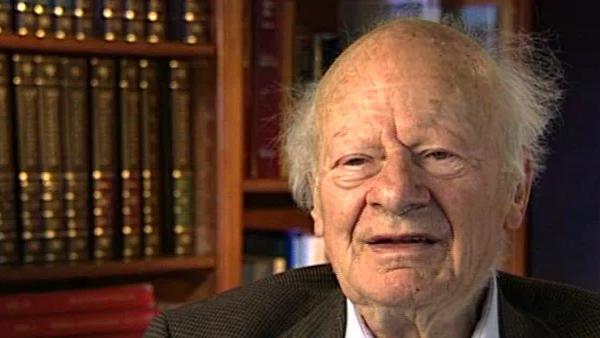NEXT STORY

Becoming director of the Los Alamos Theoretical Division
RELATED STORIES

NEXT STORY

Becoming director of the Los Alamos Theoretical Division
RELATED STORIES


|
Views | Duration | |
|---|---|---|---|
| 81. Isotope separation to isolate Uranium-235 | 531 | 02:04 | |
| 82. Outbreak of World War II; scientists' efforts | 1 | 530 | 04:07 |
| 83. Offering to work with Edward Teller for the war effort | 644 | 04:40 | |
| 84. The use of my paper on shockwaves with Edward Teller | 488 | 02:43 | |
| 85. Armour penetration | 676 | 01:25 | |
| 86. Joining the MIT radiation laboratory and the Bethe coupler | 536 | 04:10 | |
| 87. Invitation from Oppenheimer to join the Manhattan Project | 717 | 04:18 | |
| 88. Edward Teller's ideas for a fusion bomb | 854 | 02:41 | |
| 89. Why Oppenheimer was the ideal leader of Los Alamos | 1236 | 02:08 | |
| 90. Building the laboratory at Los Alamos | 581 | 03:02 |

